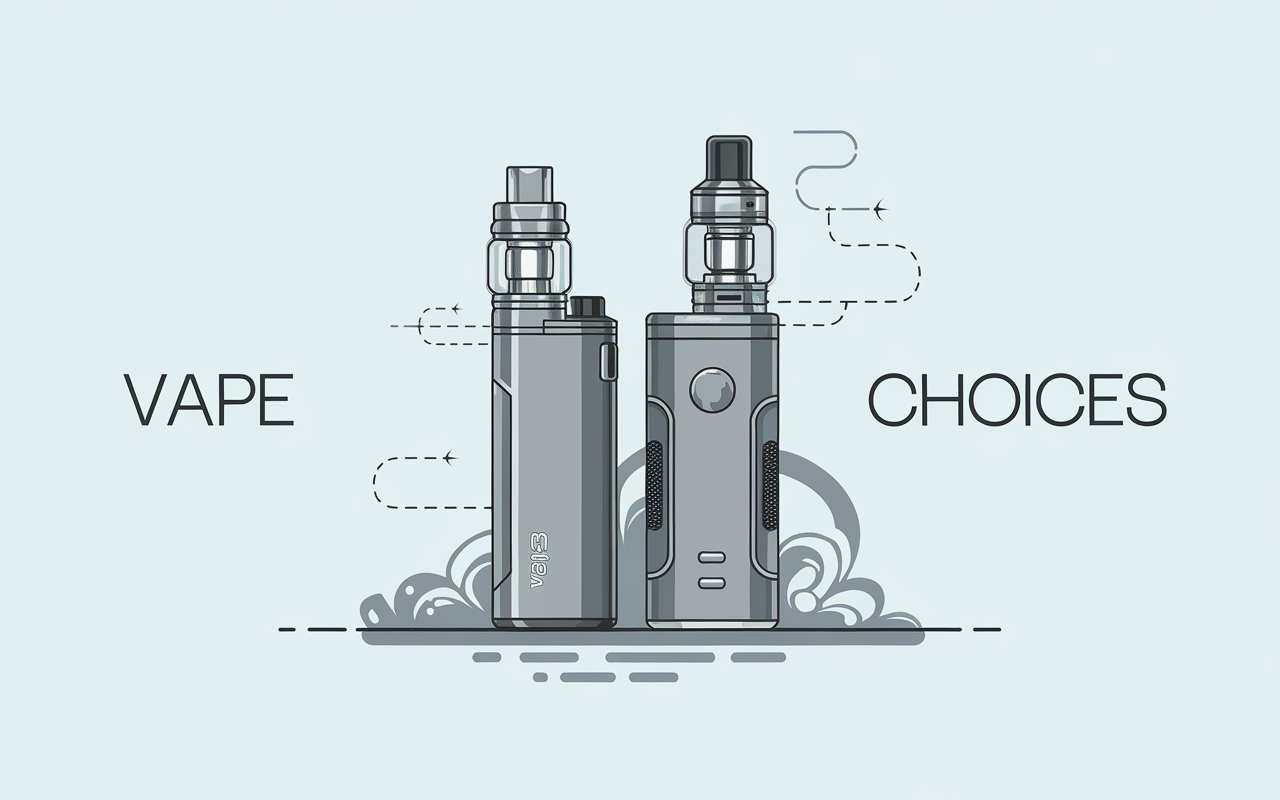
The vaping industry in the USA is an ever-evolving landscape filled with both opportunities and challenges. With increasing consumer interest in alternative nicotine consumption and a growing market for innovative vaping products, launching a “V Play” vaping business in 2025/2026 could be a lucrative endeavor. However, entrepreneurs must navigate stringent regulations, market competition, and shifting consumer preferences. This blog post provides an in-depth look into the essentials of starting a successful vaping business under the “V Play” brand in the United States.
Understanding the Vaping Market in 2025/2026
Market Trends and Growth Potential
The vaping industry continues to see steady growth despite increasing regulations. According to market research, the global e-cigarette and vaping market is projected to reach $45 billion by 2026, with the US market playing a significant role. The rise of disposable vapes, pod systems, and nicotine salt formulations are some of the key trends shaping the industry.
Consumer Behavior
- Health-Conscious Users: Many consumers switch to vaping as a perceived healthier alternative to smoking.
- Tech-Savvy Millennials and Gen Z: These groups prefer sleek, high-tech devices with customizable options.
- Flavored Vapes Popularity: Despite regulatory challenges, flavors remain a major selling point for adult consumers.
- Nicotine-Free Options: A growing number of consumers prefer zero-nicotine vape options, making diversification essential.
Business Planning: How to Start a “V Play” Vaping Business
1. Business Model and Niche Selection
Choosing the right business model is crucial for success. Some options include:
- Retail Store: Selling vaping products through a physical location.
- E-Commerce: A dedicated online vape store, which may require adherence to online age verification laws.
- Wholesale Distribution: Supplying products to other vape stores.
- Private Labeling: Launching a unique “V Play” branded vape line.
2. Legal and Regulatory Compliance
The US vaping industry is heavily regulated, requiring compliance with:
- FDA Regulations: The Premarket Tobacco Product Application (PMTA) is mandatory for new vaping products.
- State and Local Laws: Some states impose additional restrictions on flavors, advertising, and sales.
- Age Restrictions: Federal law prohibits the sale of vaping products to anyone under 21.
- Taxation and Licensing: Check with state authorities for required licenses and taxes on vape products.
3. Product Sourcing and Development
To stand out in the competitive market, “V Play” should focus on:
- Quality Assurance: Work with reputable manufacturers to ensure product safety.
- Innovative Design: Sleek, user-friendly, and customizable vape devices attract modern consumers.
- Eco-Friendly Options: Sustainable packaging and biodegradable pods can appeal to environmentally conscious users.
4. Branding and Marketing Strategy
In a market crowded with competitors, effective branding and marketing are crucial. Key strategies include:
- Social Media & Influencer Marketing: Engaging with vaping communities on platforms like Instagram and TikTok.
- SEO & Content Marketing: Educational blogs, YouTube reviews, and user guides help build trust.
- Email Marketing & Loyalty Programs: Retaining customers with exclusive offers and rewards.
- Retail Partnerships: Collaborating with vape shops and convenience stores to expand distribution.
5. Financial Planning and Investment
A successful vaping business requires proper financial planning. Some key costs to consider include:
- Product Manufacturing & Sourcing: Depending on whether you produce locally or import from China.
- Regulatory Compliance Costs: PMTA applications can be expensive, requiring legal and testing expenses.
- Marketing & Branding: A strong digital marketing strategy will require an initial investment.
- Operational Costs: Rent, staff salaries, and logistics for shipping products.
Challenges and Risks of Starting a Vaping Business
Despite the opportunities, launching a vaping business comes with challenges:
- Regulatory Uncertainty: Changing FDA policies can impact product availability and sales.
- Public Perception: Anti-vaping campaigns can influence customer behavior.
- High Competition: Established brands dominate the market, making it harder for newcomers.
- Age Verification & Sales Restrictions: Ensuring legal compliance when selling online is crucial.
The Future of Vaping and the “V Play” Opportunity
With strategic planning, adherence to regulations, and innovative marketing, “V Play” can establish itself as a reputable vaping brand in 2025/2026. Key takeaways for success include:
- Investing in product quality and innovation.
- Staying ahead of regulatory changes and compliance requirements.
- Building a strong brand presence through digital marketing and customer engagement.
By following these steps, entrepreneurs can position “V Play” as a leader in the vaping industry and capitalize on the growing demand for alternative nicotine products.
Conclusion
Starting a vaping business in the USA in 2025/2026 is a promising venture but requires thorough research, compliance with legal requirements, and effective marketing. “V Play” has the potential to carve out a niche in this competitive industry by focusing on high-quality products, sustainability, and innovation. Entrepreneurs who stay informed and adaptable will have the best chance of success in the evolving vaping market.